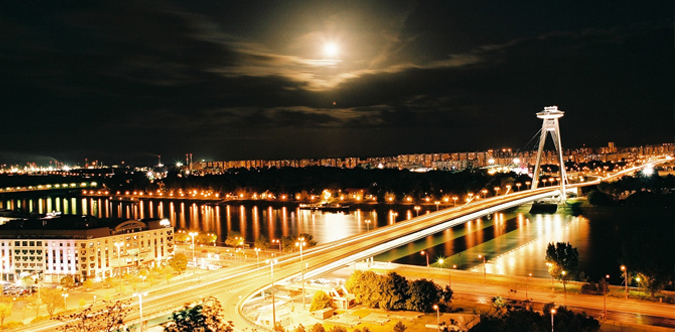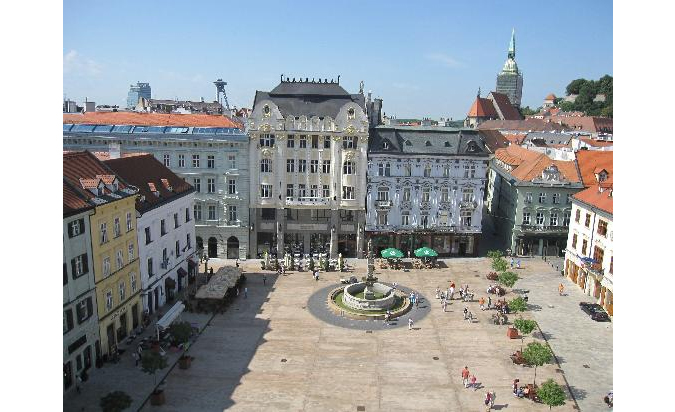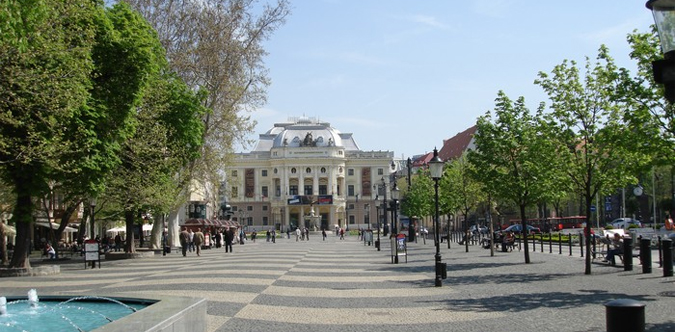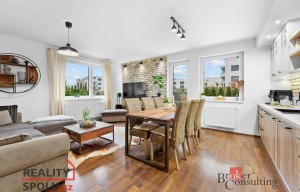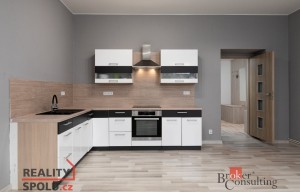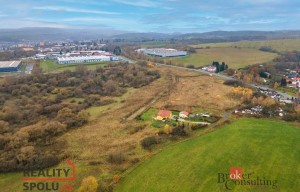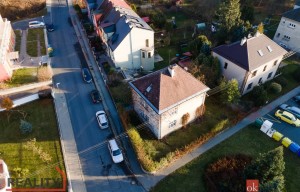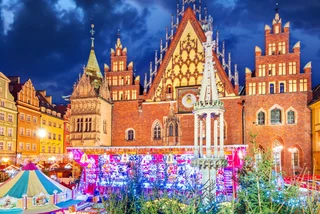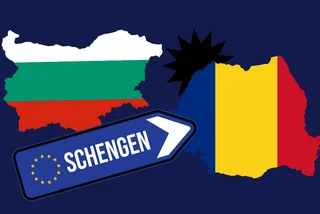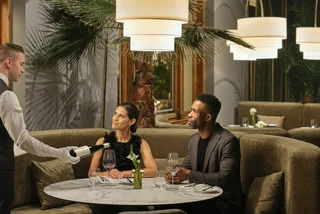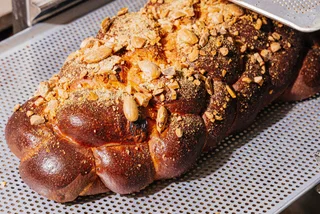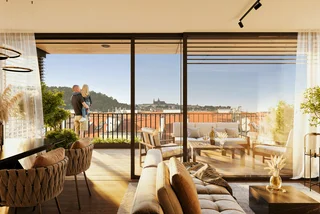As you walk around old Bratislava, you’ll notice lots of small open spaces. Hlavné námestie, a short hop from Panská Street, is the most central and, given its name, is unexpectedly small. Despite or perhaps partly because of this, Hlavné námestie oozes charm, with a distinctly Austrian flavor – unsurprisingly, as Vienna is very close. Points of interest include the Old Town Hall (Stará radnica), an appealing fusion of Gothic, Renaissance and Baroque and home to the recently renovated Museum of the History of Bratislava (Múzeum dejín mesta). Another architectural treat awaits around the corner, at the elegant Primate’s Palace (Primaciálny pálac), famed among other things for its Hall of Mirrors.
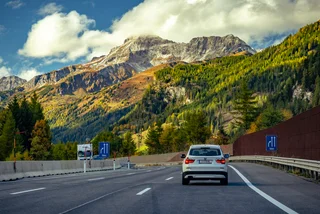













 Reading time: 6 minutes
Reading time: 6 minutes 


